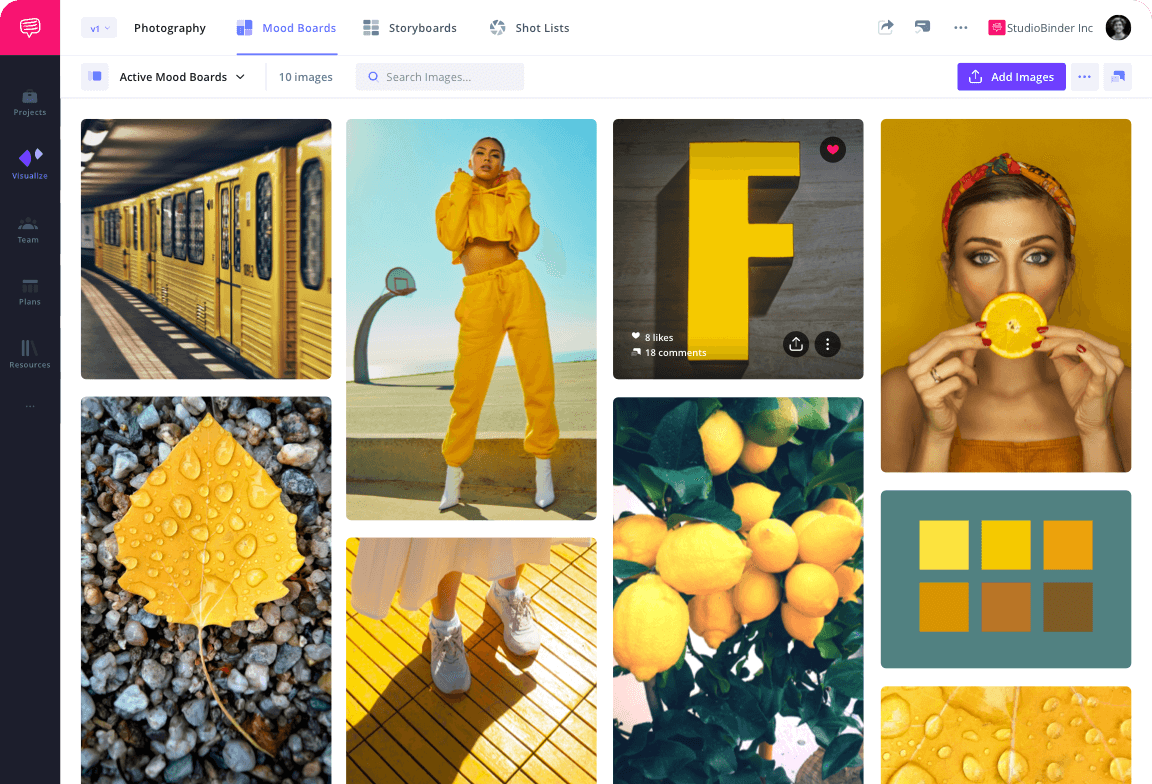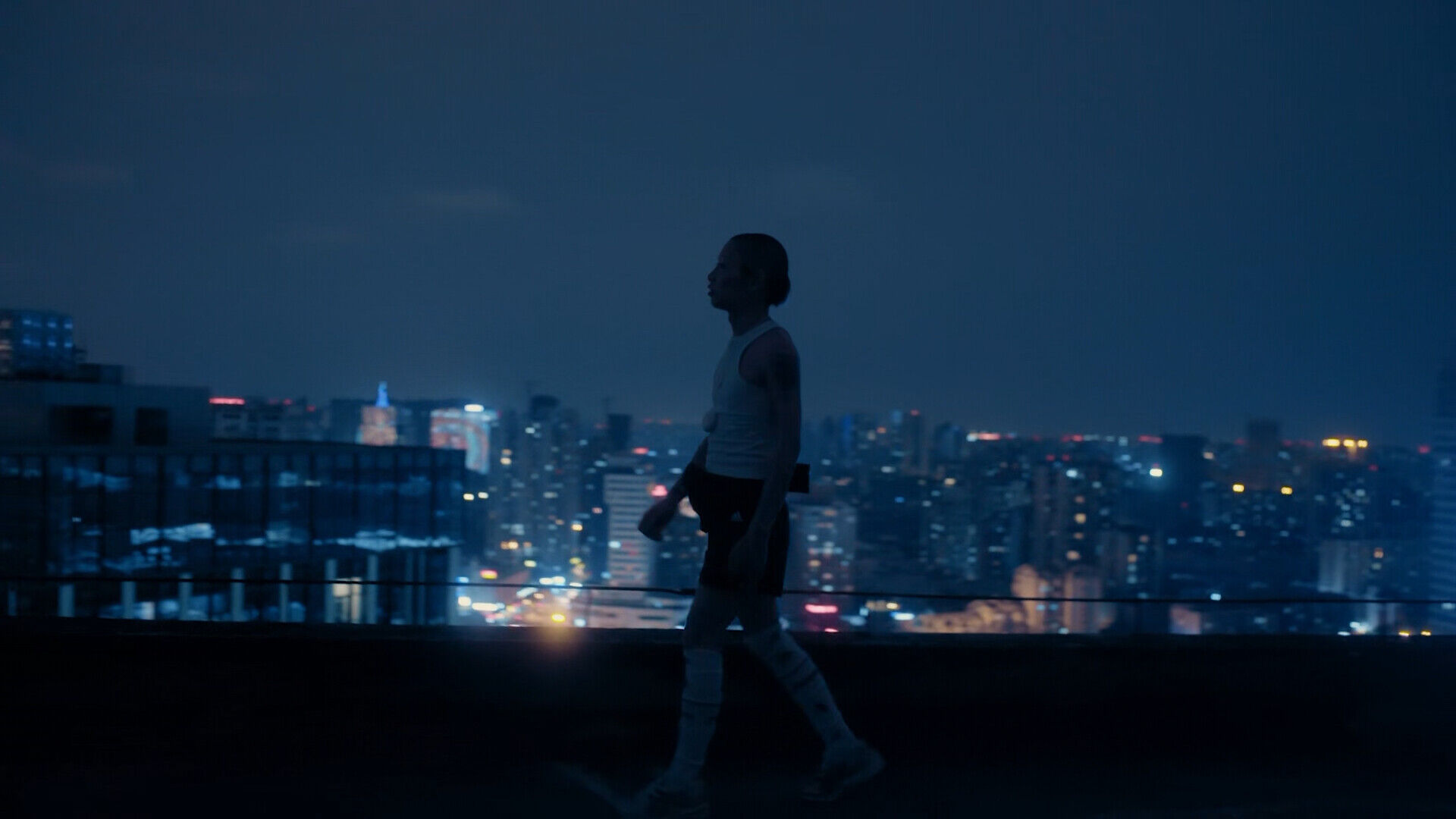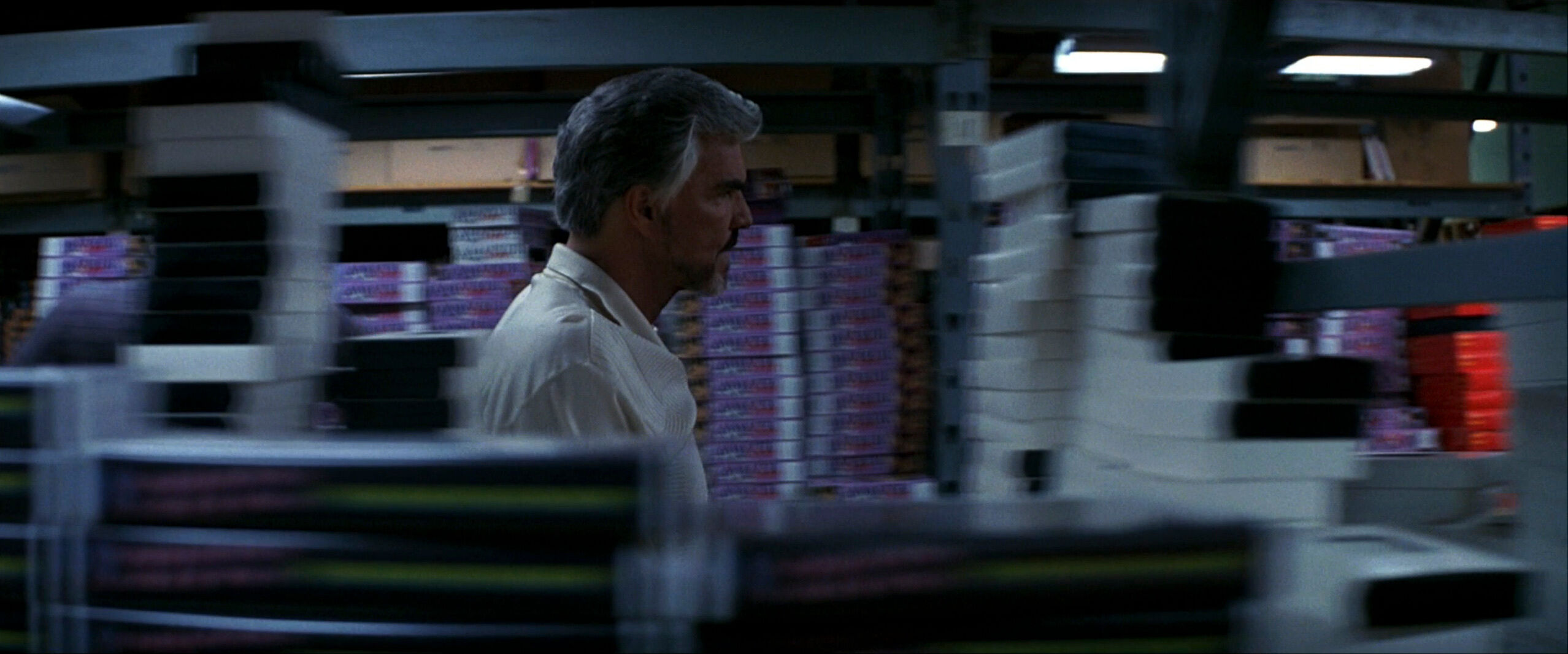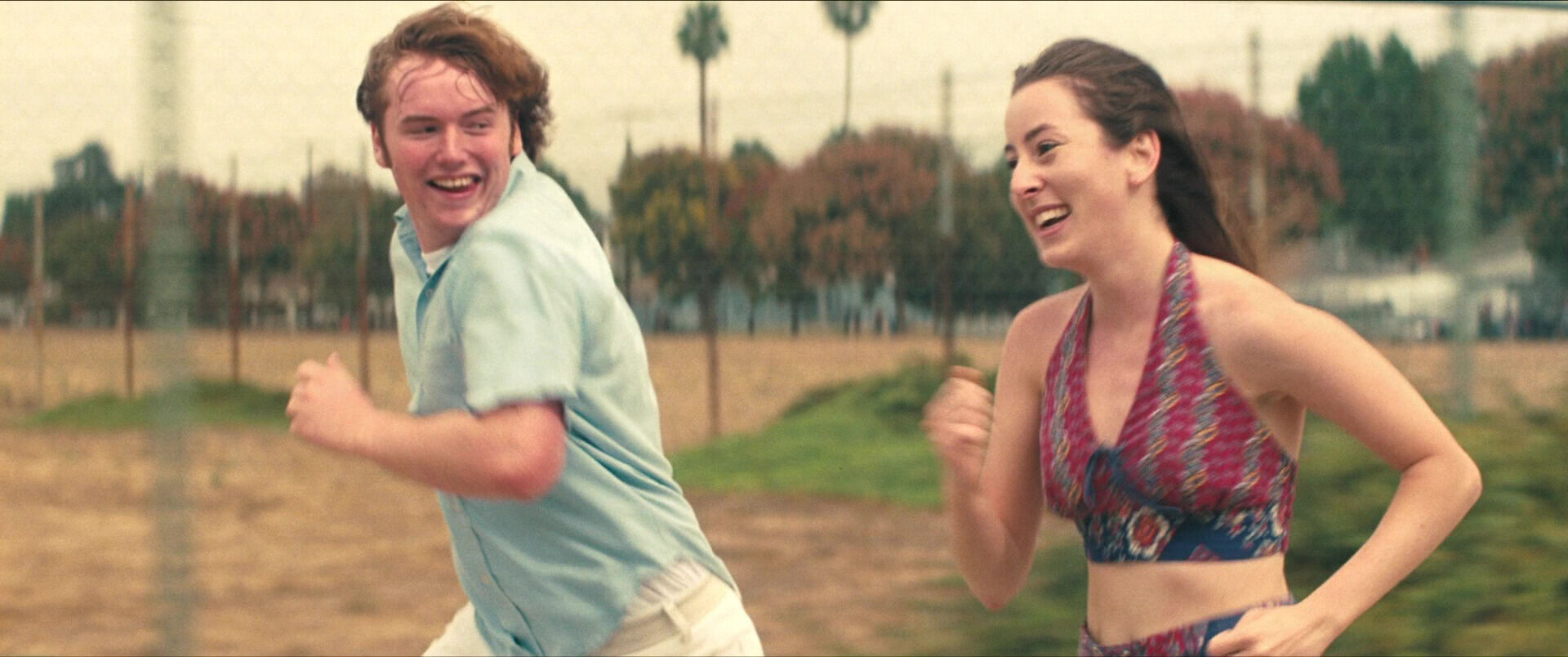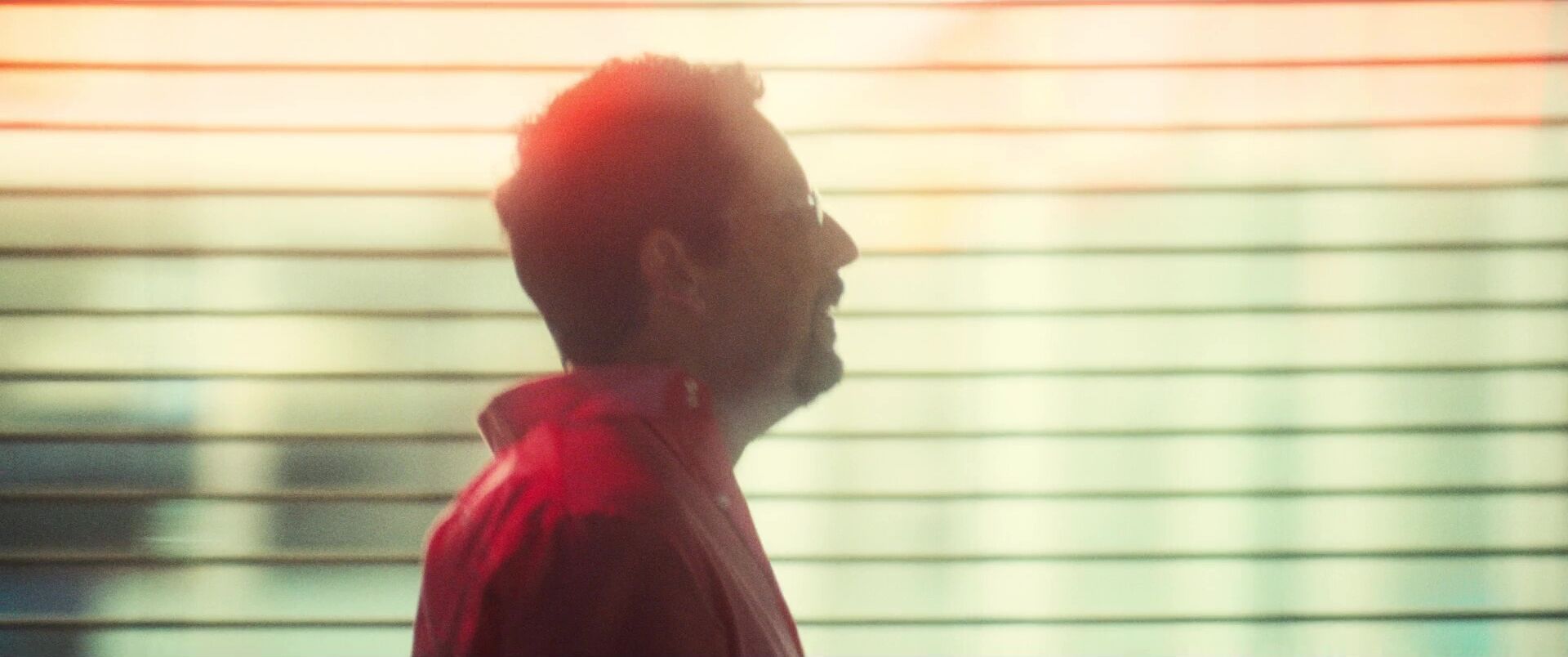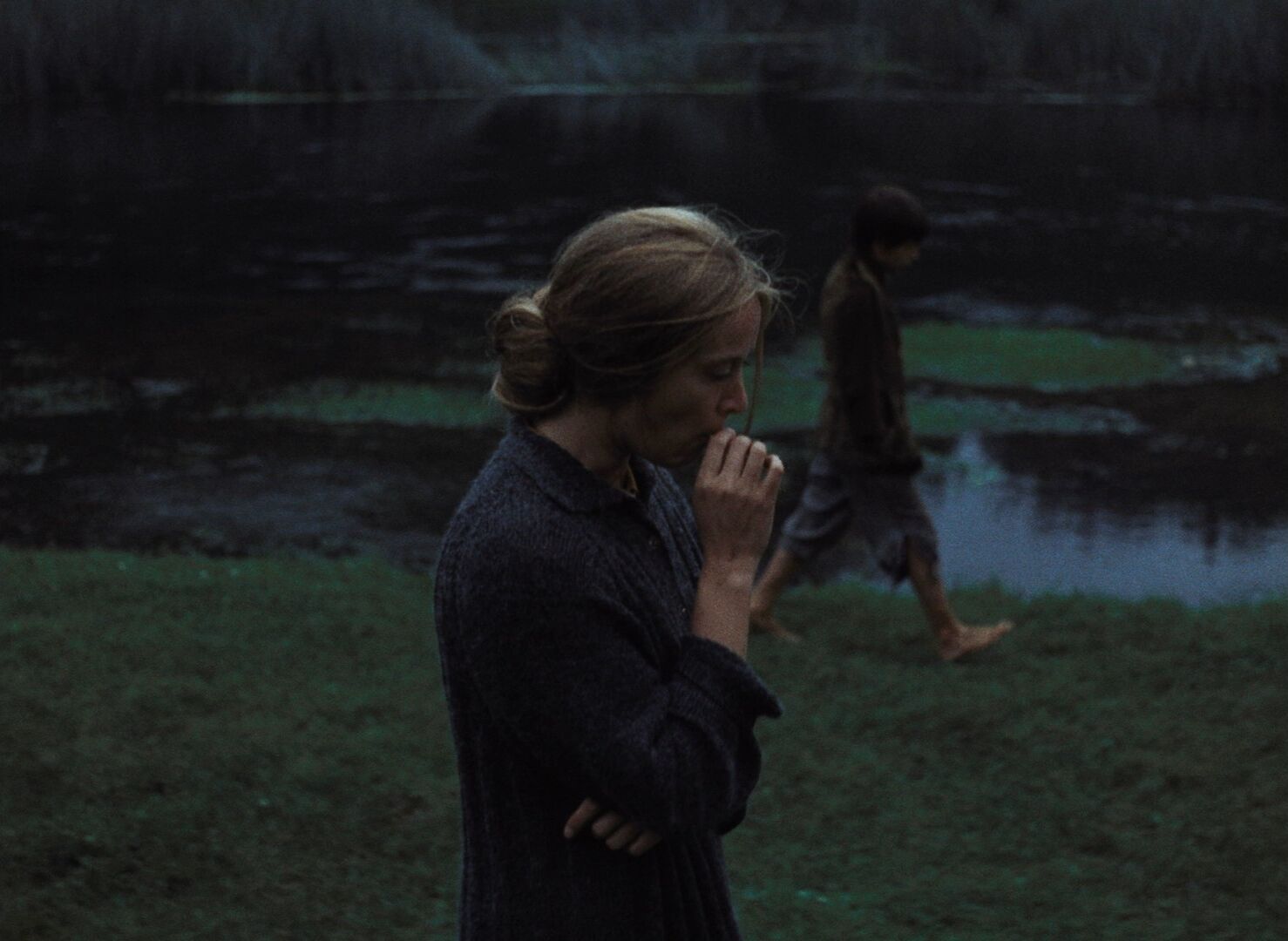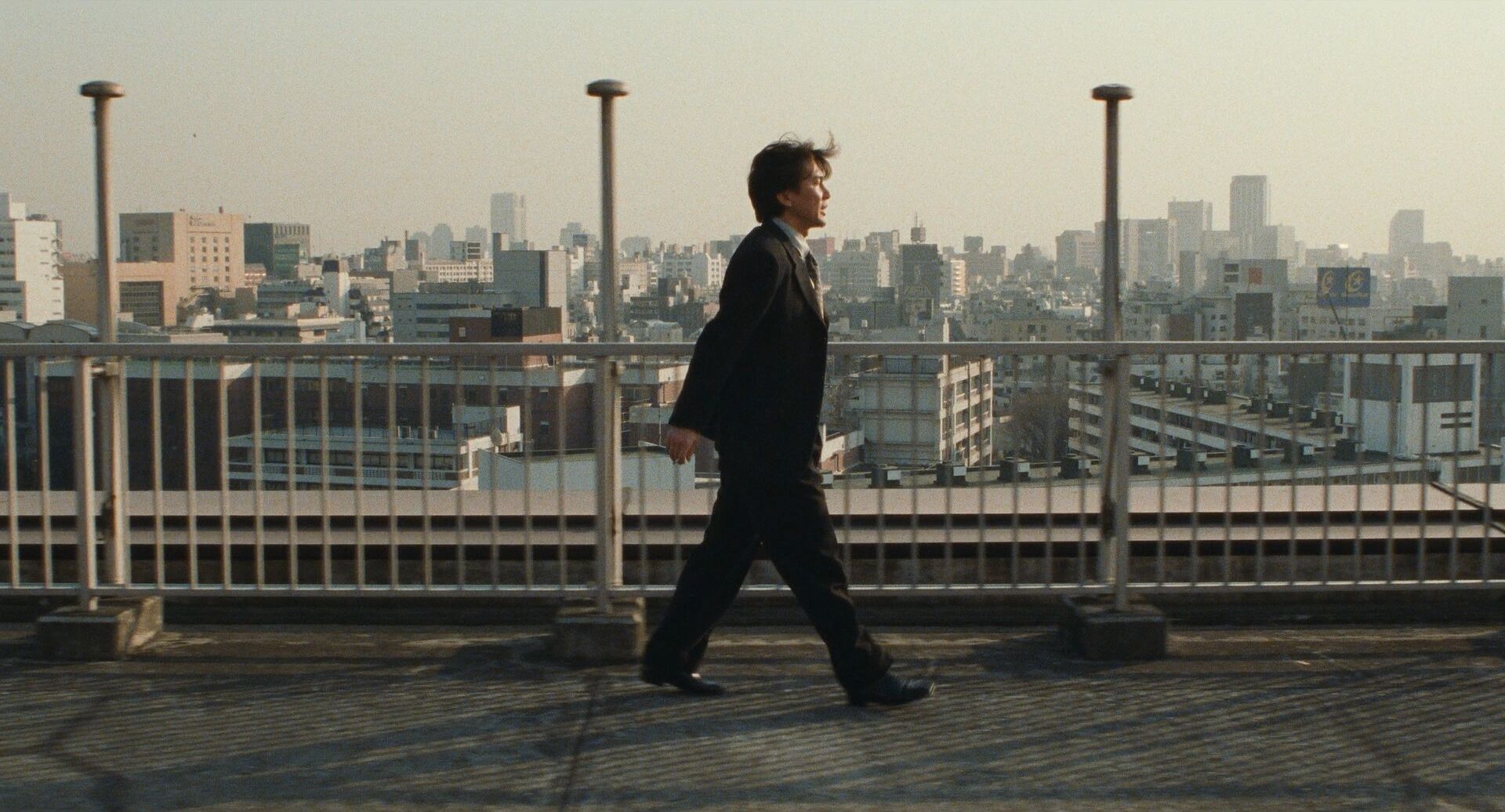home → Camera Movements → Trucking Shot
TRUCKING SHOT DEFINITION
What is a Trucking Shot?
A trucking shot in filmmaking refers to a type of camera motion where the camera moves laterally, left or right, along with the subject it’s capturing. This technique is most typically achieved by mounting the camera on a dolly or specialized vehicle to move seamlessly through physical space with the subject.
Meanings & Purpose
Trucking Shot Examples
There are many reasons a filmmaker might want to use camera trucking movement, but the most essential rationale is to follow and observe a particular subject through a narrative world. Let’s begin our exploration of this technique by covering some of the most general intentions behind its use.
Establishes narrative world
Observes a character
Reveals setting information
Follows action
Uses
What does a trucking shot do?
A trucking shot may seem simple in so far as how it technically works, but the choice to use it for just the right scene can bring to attention character and setting detail that less methodically thought out shots simply can’t. Without this precise lateral movement, a scene might not impart that same lived-in quality its capable of providing. Let’s dive into more detail below.
Immersion
Instead of cutting from one location to the next, the trucking shot can follow a character as they walk from point A to B, further immersing the audience in their world.
Subtlety
The trucking shot invites a closer attention to detail. A character’s slightest of quirks can be scattered throughout their movement for the audience to pick up on and consider.
Processing
To transition out of a highly tense or dramatic scene for a character, the trucking shot can follow that character as they process the event, thus allowing the audience to process as well.
Action
During a car chase sequence, a trucking shot can keep focused on a fast-moving character, while also making the audience feel like they’re on the road and driving right alongside that character.
Qualities
Tracking vs Trucking Shot
The tracking shot and the trucking shot are often used interchangeably, but there are some key technical differences between the two terms. A tracking shot is defined by the broad notion of a camera moving with a subject, following or leading the subject as it moves through space, typically at close proximity. A trucking shot differs in that it refers to the camera keeping to a strict, usually mounted, lateral movement beside the subject as it tracks that subject.
Dolly vs Truck Shot
The terms dolly shot and trucking shot also tend to be used interchangeably. This is because a trucking shot is often achieved by using a dolly, which is a wheeled platform that a camera attaches to in order to render the smoothest movement quality. A dolly shot usually refers to the dolly mechanism itself, while a trucking shot is one of many types of techniques that can be executed while using a dolly.
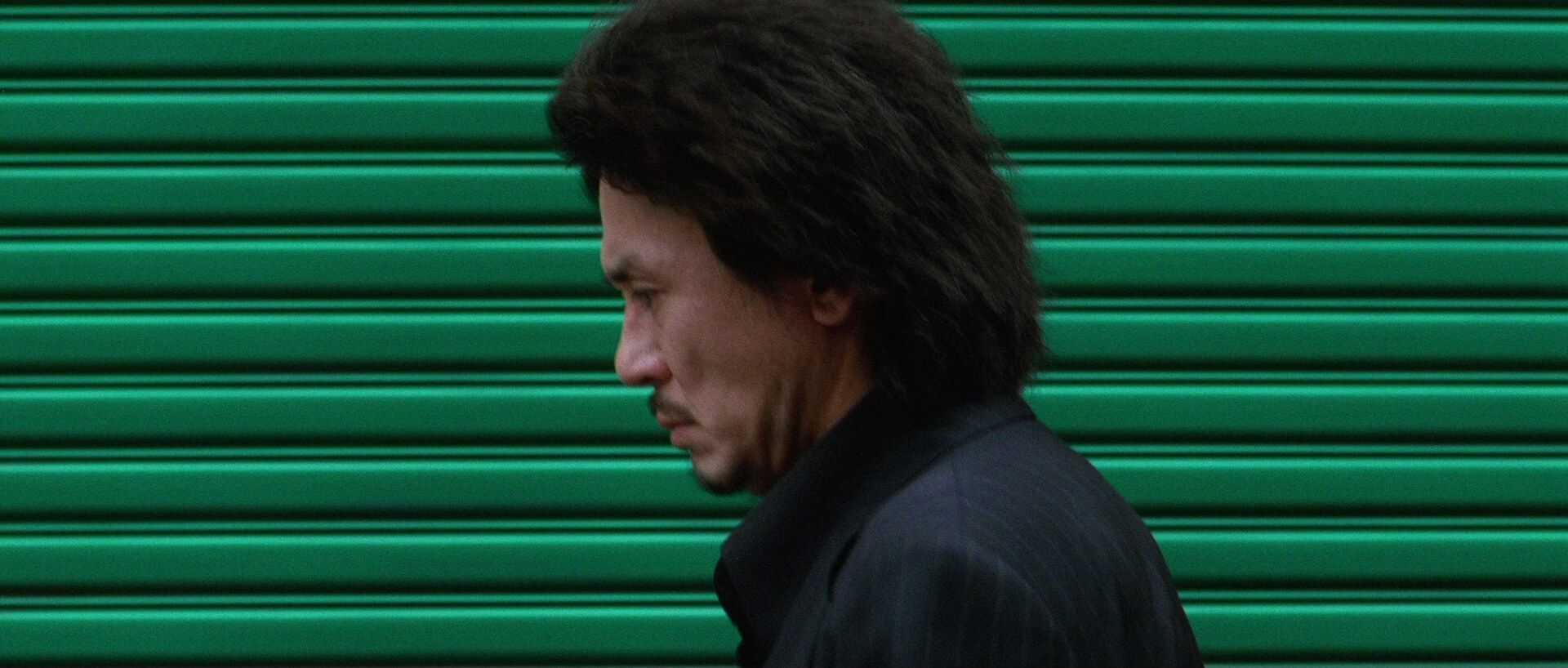
Case Study
Shot listing a trucking shot
To get into the thought process behind why a filmmaker might feature a trucking shot in their film, let’s examine a specific example. In Moonrise Kingdom, director Wes Anderson implements the trucking shot to establish both his characters and the world they inhabit.
Browse through the shot list below for a closer look at the entire scene, and notice how tone, pacing, character, and setting information all heavily rely on what this technique has to offer.
As you can see, a tracking shot can be very useful when it comes to teasing out worlds and characters.
But what happens when this film technique crosses over with others? Next, we’ll immerse ourselves in such possibilities.
Unexpected combos
How can you use a trucking shot with other camera techniques?
How to combine a trucking shot
We explored just how useful the trucking shot can be in expanding a filmmaker’s characters and settings, but now it’s time to take a quick look at just a handful of ways this shot can be even further accentuated when paired with other filmmaking methods. Here are some intriguing creative approaches worth considering:
- Zoom: During a trucking shot, a zoom in or out can emphasize an important detail in a vast landscape, or emphasize a vast landscape surrounding an important detail.
- Tilt: Sometimes detail above or below a subject may need to be established during a trucking shot, so a tilt up or down can accomplish this.
- Rack Focus: To emphasize detail in both the foreground and background while trucking, a rack focus can help divert attention.
- Crane: If a character has the ability to leap tall buildings in a single bound, a crane can help reach such heights from the ground during a trucking shot.
- High Angle: For a more omniscient-feeling trucking shot, a high angle shot observes the lateral movement from above.
- Close Up: A close up shot can help capture more specific detail or emotion on a character’s face during a trucking shot.
- Wide Angle: A wide angle lens can help capture the vastness of a massive landscape surrounding the subject during a trucking shot.
Frequently asked questions about the trucking shot
A trucking shot follows a subject by moving the camera alongside that subject in a lateral direction.
A trucking shot is also sometimes referred to as a crab shot (or crabbing shot), due to its sideways movement.
Trucking shots are used for many reasons, but a vital one is to immerse an audience in an environment and/or character. By following a subject laterally throughout a setting without cutting away, the audience feels as though they are moving through the scene right alongside that subject.


